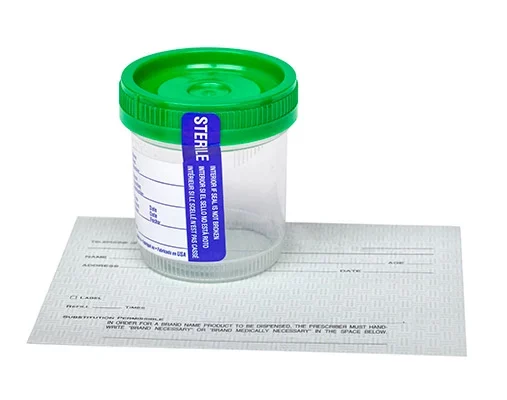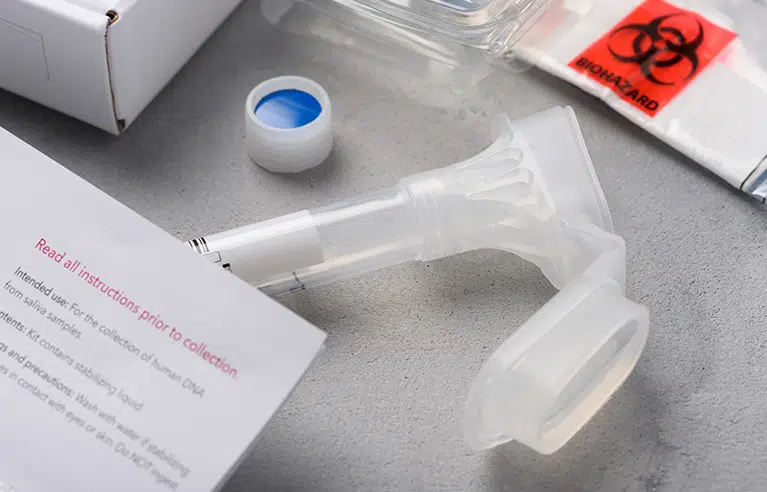In addition to urine testing, the test would offer a new degree of assurance.
The US Department of Transportation (DOT) published a proposed regulation on Feb. 28 to introduce oral fluid testing as an alternative to urine testing for the federally controlled drug and alcohol testing program. If completed, the increased flexibility will put the trucking sector in a better position to combat cheating and enhance driver safety.
Oral fluid testing, according to the US Department of Health and Human Services (HHS), has the same scientific and forensic validity as urine testing. In reality, since 2020, government personnel have depended on oral fluid testing as a substitute.
Most urine test samples are not immediately witnessed to safeguard an individual’s right to bodily privacy, making it simpler to cheat through adulteration or replacement. Oral fluid collection, on the other hand, may be freely watched without infringing on privacy, lowering the chances of cheating. Cheating on drug and alcohol tests is extremely harmful in the trucking sector; an inebriated driver operating a heavy-duty vehicle puts everyone on the road at risk.
If the plan is implemented, and a motorist is suspected of being impaired, the driver might be subjected to oral fluid testing at the site of the accident, which would improve accuracy and establish culpability. Oral fluid tests may detect marijuana, the most often discovered drug in truck drivers, instantly and up to 24 hours after usage, making them a useful tool for post-accident and traffic stop investigations.

Oral fluid testing is beneficial not only to the health-conscious but also to the budget-conscious. Oral fluid tests are generally $10 to $20 less expensive than urine testing, according to the DOT. Motor carriers are mandated to drug test every new driver throughout the onboarding process, as well as 50% of their drivers each year, thus the savings would be considerable.
While oral fluid testing will undoubtedly be welcomed by businesses, it begs the question: why not hair testing? Hair testing is the most accurate and noninvasive of the three options for keeping drug users out of the driver’s seat. Hair testing criteria were imposed by Congress in 2015. When the recommendations were released in 2020, hair testing proponents blasted them for being redundant because they required another sample, such as oral fluid or urine, to validate results.
The trucking sector should continue to encourage the DOT to include hair testing without needing a second sample type in order to increase safety without losing efficiency. However, it appears that businesses and the Department of Transportation have already agreed on the benefits of oral fluid testing. Oral fluid testing, as an alternative to urine testing, will eliminate cheating, lower expenses, and increase flexibility. Trucking, as a sector that is always striving for enhanced safety, should embrace this move toward more extensive and accurate drug and alcohol testing alternatives.











